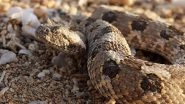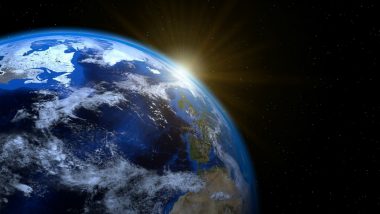Tokyo, March 13: Scientists have discovered 15 new planets - including one ‘super-Earth’ that could harbour liquid water - orbiting small, cool stars near our solar system. These stars, known as red dwarfs, are of enormous interest for studies of planetary formation and evolution. The team led by Teruyuki Hirano of Tokyo Institute of Technology in Japan validated 15 exoplanets orbiting red dwarf systems. One of the brightest red dwarfs, K2-155 that is around 200 light years away from Earth, has three transiting super-Earths, which are slightly bigger than our own planet.
Of those three super-Earths, the outermost planet, K2-155d, with a radius 1.6 times that of Earth, could be within the host star’s habitable zone. The findings, published in The Astronomical Journal, are based on data from Nasa Kepler spacecraft’s second mission, K2, and follow-up observations using ground-based telescopes, including the Subaru Telescope in Hawaii and the Nordic Optical Telescope (NOT) in Spain.
The researchers found that K2-155d could potentially have liquid water on its surface based on 3D global climate simulations. A more precise estimate of the radius and temperature of the K2-155 star would be needed to conclude definitively whether K2-155d is habitable.
Achieving such precision would require further studies, for example, using interferometric techniques, researchers said. A key outcome of the current studies was that planets orbiting red dwarfs may have remarkably similar characteristics to planets orbiting solar-type stars. “It’s important to note that the number of planets around red dwarfs is much smaller than the number around solar-type stars,” said Hirano. “Red dwarf systems, especially coolest red dwarfs, are just beginning to be investigated, so they are very exciting targets for future exoplanet research,” he said.













 Quickly
Quickly











